NEW!
Silas Lapham Griffith book available on Amazon.
All proceeds go to the historical society.
Silas L. Griffith is by far one of Danby’s most notable residents throughout the entirety of its history. Born in Danby in the mid-1800’s, Griffith lived there until he was 18 years old. He spent the following years working and attending school in New Hampshire before accepting a position as a teacher out west. As he began his travels, however, it was clear that both lack of money and bitter winter weather would make the journey a nightmare, and at the urging of his family and a loan from the Danby Bank to travel back home, Griffith turned around and went back to Danby.
Returning when he was just a young man, Griffith went on to own six successful general stores, a lumber business, a charcoal operation, and opened a meat market as well as several small shops in Danby. He built a lavish home there surrounded by beautiful and exotic gardens and hothouses. He was charitable with everything his gardens and greenhouses provided, giving it all to the sick, to churches, for funerals, to hospitals. He made large donations to the Danby Congregational Church, and established a trust fund which provides for operating expenses and a yearly Christmas Tree Party for all Danby and Mt. Tabor children regardless of religion. He served in the State Senate and was repeatedly mentioned for Governor of the State, though he always declined. Following his death, his family carried out his long time wish and built the S.L. Griffith Memorial Library in Danby, which was funded both in building and upkeep by Silas L. Griffith.
Full Biography Published in 1915
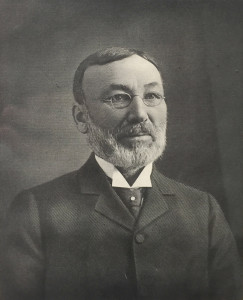
From “New England Families, Genealogical and Memorial: A Record of the Achievements of Her People in the Making of Commonwealths and the Founding of a Nation, Volume 2,” by William Richard Cutter
Silas Lapham Griffith, son of David Griffith, was born at Danby, Vermont, June 27, 1837, died at San Diego, California, July 21, 1903. He attended the district school of his native town until he was about sixteen years old, and then became a clerk in the general store of Lapham & Bruce in Danby. After two years he left this position to become clerk in the store of P. D. Ames in East Dorset. A year later he relinquished this position to attend the Kimball Union Academy at Meriden, New Hampshire. With William Ames he attended the session there in 1855-56. Their savings allowed for little beyond their tuition and in order to complete the term they “boarded themselves.” “Many hardships were experienced during the term, however,” we are told, “and it was only with the most strict economy that they were able to provide the necessities demanded by both hunger and cold—the thermometer registering forty degrees below zero, when they started on their return trip from the academy to their homes.” Buckwheat cakes and molasses formed their staple diet at the academy. In the summer of 1857 he started west to accept a position as teacher, but while at Buffalo visiting relatives the financial panic set in. Even his money became valueless and he was unable to proceed. He went to work at logging. Letters from home urged him to return and open a general store in Danby. It was finally arranged that Benjamin Barnes should lend him a thousand dollars to set him up in business, taking as security a note with his father’s endorsement. The cashier of the Danby Bank advanced him money for his return home. Upon reaching Danby he leased the lower floor of the building occupied as a residence for many years by the late J.S. Perry. He fitted up a store and in September, 1858, went to New York for his stock. In the following spring he went again to New York City, ordered the stock he needed and returned home, but his goods were held because the New York merchants feared to give him credit. In this predicament he appealed to his cousin, H. G. Lapham, who generously guaranteed the accounts of Mr. Griffith. Thereafter he always had credit beyond his needs. His success as a general merchant was such that within four years he was one of the substantial business men of the town. In 1861 he moved to the quarters he occupied during the remainder of his life. His store was conducted under the name S. L. Griffith & Company, although he had no partner, his purpose being to keep the accounts of his store and lumber business entirely separate. In the year 1864 his aggregate business was $48,000 and in the following year he sold his store to his brothers, C. H. and W. B. Griffith, giving his attention afterward to his lumber business at North Dorset.
This branch of his business has not been profitable, and he had originally engaged in it unwillingly, taking the timber land as payment for a debt. The Button property on Mount Tabor came into his possession through the foreclosure of a mortgage. Three men had failed to make the property pay. After conducting the business two years, he sold it to a party of Massachusetts men in 1869. He was obliged to take back the Mount Hermon property, however, after another failure and he continued in the lumber business another year. In 1872 he began to manufacture charcoal, making a contract at the time with Barnum, Richardson & Company of Lime Rock, Connecticut, for one million bushels of charcoal at thirteen cents and a half per bushel on board the cars at Danby Station. The contract was subsequently increased by Senator Barnum for the Lime Rock Iron Company of 1,250,000 bushels, when the price was reduced to thirteen and a quarter. After receiving about half a million bushels, both of the Connecticut concerns refused to receive any more coal, claiming that the coal was not up to specifications, but really on account of the fall in price of pig iron from sixty-five to forty dollars a ton. At the time of the refusal to take more coal, Mr. Griffith had $25,000 invested in kilns and a like amount in charcoal in process of making. Through his attorneys, Mr. Griffith brought suit against the companies for $100,000. H. G. Latham, who had helped him at a former crisis, furnished him a bond for $50,000. But a conference was held and in two hours an amicable agreement was reached by the three parties. Senator Barnum continued to buy charcoal of Mr. Griffith as long as he lived, making oral contracts each year and the two were trusted and intimate friends. On his deathbed Mr. Barnum summoned Mr. Griffith in order to confirm their oral contract in the presence of witnesses. In business, Mr. Griffith often said that Mr. Barnum and Philip M. Moen, of Worcester, of the Washburn & Moen Wire Works, were his two best friends.
Mr. Griffith developed the largest individual business owned in Vermont. In addition to the manufacture of charcoal and an extensive lumber business, he had large property and business interests in partnership with Eugene McIntyre and others in Peru, Arlington, Dorset, Manchester and South Wallingford, and formerly owned a large tract in Groton, Vermont, in partnership with Charles L. Sowle. He owned, indeed, more than fifty thousand acres of land. He had a payroll of over six hundred hands at the time of his death, exclusive of the salaried men. He owned more than two hundred horses and employed many teams owned by others during the busy seasons. He cut about twenty-four million feet of spruce, a million feet of hardwood for lumber, and a thousand cords of field wood, most of which he used in making charcoal. In recent years the charcoal business began to recover and he had to build several new kilns. He had nine saw mills, each the center of a village occupied by his employees. Connected with the business he maintained six general stores. In his main store at Danby he carried a large stock, from which the other stores for his lumber villages and camps drew their supplies. The care that Mr. Griffith took in his commissary department is shown by his employing and boarding housekeepers, and for many years he employed a man for the special purpose of buying cattle and swine and slaughtering the animals. Not long before he died, in response to an expressed need of the village, he opened a meat market for the public at Danby. In connection with his works at the railroad station in Danby, he had a large steam mill for grinding feed. Adjoining this mill is another for making shooks and boxes from lumber not suitable for other purposes. Another shop is used for making and repairing sleds and wagons and still another for making and repairing harness. His business was carefully systematized. The charcoal furnaces cared for all the lumber not marketable. Even the sawdust found a market in later years. Each mill was connected with the office of Mr. Griffith by a private telephone wire. His office was modern in every particular, elaborately furnished, lighted with acetylene gas, heated by hot water and provided a capacious vault. The grounds about his office and works at Danby are tastefully laid out and adorned with shrubs and flowers. To provide for his own requirements and the needs of the town he built a water works, using for a supply the Grady Springs, two miles from the village. Mr. Griffith was the embodiment of enterprise and progress in his business, and his wealth and success were but natural results in his sagacious planning and executive ability. He was a pioneer in the use of saws in place of axes to cut down trees. His example is being followed in all parts of the country.
Mr. Griffith built a handsome residence in Danby, and enjoyed to the utmost the fitting of house and embellishment of his grounds. He was fond of flowers, and maintained extensive hothouses in charge of a skillful florist. Wherever his flowers were exhibited he won prizes, but he never made them a commercial factor of his business. He gave away all the products of his gardens and green houses to the sick, to the churches, for funerals of his townspeople, to the Rutland Hospital and the Old Ladies’ Home, whenever he knew that he could thus express his sympathy and good wishes. He gave generously in support of other charities and institutions. He made the Congregational church especially a large annual gift. At Christmas every year the children of the community had every reason to be grateful for the thoughtfulness and kindness he always exhibited.
At one time Mr. Griffith was interested in the fish hatchery business, and he expended $20,000 upon a model plant for raising trout, but he abandoned the plant after a time and stocked Lake Griffith (formerly Buffum Pond). At this lake he had built a handsome and commodious summer home. This mountain retreat is over the mountain range in Peru and is reached by two drives constructed by Mr. Griffith. He had in his last years a beautiful winter residence in California, known as “The Palms,” from the avenue leading to the house, shaded on either side by magnificent palm trees. His ranch was more than a home; it is a fruit farm, located near National City, not far from San Diego, overlooking the city and the bay.
Mr. Griffith travelled extensively in this country, and a few years before he died made a tour to the Holy Land. In politics he was a strong and influential Republican. He served in the State Senate, and was prominently mentioned repeatedly for Governor of the State, but he declined further political honors. Since his death, his intention to erect a public library at his own expense has been worthily fulfilled by his family and is known as the S. L. Griffith Memorial Library. Mr. Griffith furnished not only the money to build and equip the library, but the funds to conduct it perpetually.
He married (first) May 20, 1863, Elizabeth M. Staples. He married (second) August 1, 1891, Katherine M. Tiel, born in Philadelphia, Pennsylvania, daughter of William M. and Mary H. Tiel. Children by first wife: 1. Lottie M., born August 20, 1864, died October 8, 1864. 2. Jennie Elizabeth, born September 23, 1865; married August 12, 1890, William H. Riddle. 3. Agatha L., born February 24, 1874, died April 3, 1875. 4. Harry E., born February 23, 1878, died April 8, 1888.
Danby and Mt. Tabor
This article appeared in VERMONT: It’s Resources and Industries 1889 Pages 207-209
The railroad station for both the above places is eighteen miles south of Rutland, on the Bennington & Rutland Railroad. The locality presents a diversified soil and many mountains and elevations. There are also a number of trout streams, and in the center of the town of Dnaby is a beautiful little body of water called Danby Lake. Danby is notes for its fine dairy products and its maple sugar, the shipments of the later being probably the largest of any town in Vermont. This town contains one of the oldest marble quarries in the State, which can be seen on Dorset Mountain from the train. The mountain scenery here is simply sublime, especially that of Mount Tabor, which towers up in all its splendor in the East, and Danby and Dorset Mountains also present a magnificent view in the South. There is a mineral spring on Mt. Tabor, whose waters have for many years been noted for their medicinal qualities, and are sought for by those who have tried them. Many of the houses in Danby are supplied with pure mountain spring water from a reservoir and water works system put in through the individual enterprise of Mr. S. L. Griffith who with Mr. Eugene McIntyre, is largely engaged in lumbering and in charcoal burning, the industries conducted by Mr. Griffith alone and those in which the firm of Griffith & McIntyre are interested being the most extensive of their class in Vermont.
An average of one hundred and twenty carloads of lumber and charcoal are shipped from this station every month, and the visitor on debarking from the train becomes at once impressed with the magnitude of the industry. Here is a large structure devoted to grist mill, box factory, chair stock department, blacksmith shop, wheelwright and paint shop. The grist mill grinds about 40,000bushels of grain per year, most of which is used to feed the horses and stock needed in the work controlled here. The blacksmith shop, wagon and paint shop are also accessories of the great business. Here, too, is the handsomely appointed and convenient business office, from which private telephone lines run to the different branches of the works; and here, also are the long stretches of side track for loading the product, and several charcoal kilns. Here, also, are a number of tidy and attractive boarding and tenement houses.
The main part of the business is conducted at the village of Griffith, on Mount Tabor, about four and one-half miles from the railroad station. Griffith is a busy settlement consisting of about fifty dwelling houses, several large boarding houses, a large store, a post office, and a mammoth steam sawmill, to which has recently been added a clapboard and shingle department. The sawmill is fitted with all the most modern machinery and appliances for working lumber, and runs night and day, cutting 10,000 feet of spruce and 6,000 feet of hard-wood in the twenty-four hours. The clapboard department and the shingle department are fitted with the best of machinery, and cut 6,000 of each product per day. The clapboard machinery is from the Lane Manufacturing Co., Montpelier, and the shingle machine is from the Chase Turbine Manufacturing Co., Orange, Mass. Power for the mill is…(unreadable) the sawdust and refuse is carried to the boiler room by chain link belt-carriers. The product of the mill for 1889 will be about 4,500,000 feet.
The charcoal kilns of which there are twenty-seven, are kept running the year round, and require 14,000 cords of wood per annum. This is evolved into about 600,000 bushels of charcoal, the product being constantly sold ahead. The great Washburn & Moen Wire Co. of Worcester, Mass., purchase upwards of 300,000 bushels annually, of Mr. Griffith, and ex-Senator W. H. Barnum, of Lime Rock, Conn., purchases from 300,000 to 400,000 bushels which he uses in the manufacture of charcoal pig-iron in different furnaces. The balance of the product goes to other furnaces, powder manufacturers, and to hotels in Boston.Eight-five teams are employed in hauling logs to the mill yard and in transporting the product to the railroad station.
The amount of supplies required for the store, the horses and oxen, the mill and shops, is about 5 tons per day. The men are boarded at the large boarding-houses each of which accommodates about forty. These houses are all owned by Mr. Griffith.
Mr. Griffith is the owner, also, of a large tract of land and a mill in Peru, where he cuts about 500,000 feet of lumber per year. He is the owner of an extensive tract of land on Danby Mountain where he is building a large steam mill and will cut 1,000,000 feet of spruce lumber in 1889.
In the aggregate, Mr. Griffith is the sole owner of some 17,000 acres of woodland, from which he clears about 400 acres of timber per year. His individual business gives employment to about 300 men.In addition to the foregoing, Mr. Griffith is interested in other lumbering firms, the business of which is all transacted through the Danby office.
Griffith & McIntyre have a tract of 1500 acres of land on what is known as the Black Branch, situated about three and one-half miles from Danby and another of equal extent in the town of Arlington, with fine steam mills at each place. At the former the mill cuts 1,500,000 feet of lumber per year. Here, also are nine charcoal kilns, producing about 225,000 bushels per annum. At Arlington the saw mill cuts 1,,500,000 feet of lumber, and both jobs employ large numbers of teams.
The Green Mountain Lumber Co. was formed in 1888, and is composed of S. L. Griffith, Eugene McIntyre, Warren McIntyre, James McIntyre and E. L. Staples. The company owns a tract of 1400 acres on Peru Mountain and has erected a steam mill, the yearly output of which will be 2,000,000 feet of lumber. This mill is also supplied with clapboard machinery to cut 1,500,000 and shingle machinery to cut 500,000. The product of the mill will be shipped from South Londonderry.
There is now building at Danby Station a shed 150×30 in which to store clapboards and shingles preparatory to shipment. The various industries in which Mr. Griffith is interested give employment to 500 men, while the aggregate output is over 10,000,000 feet of lumber, both hard-wood and spruce, 1,500,000 feet of clapboards and 1,500,000 shingles, 825,000 bushels of charcoal and the number of acres of timber lands exceed 21,000.
Online Articles of Interest
Then Again: The Gifts of Vermont’s Ebenezer Scrooge, vtdigger.org
Silas Griffith and Family
Click to view larger.






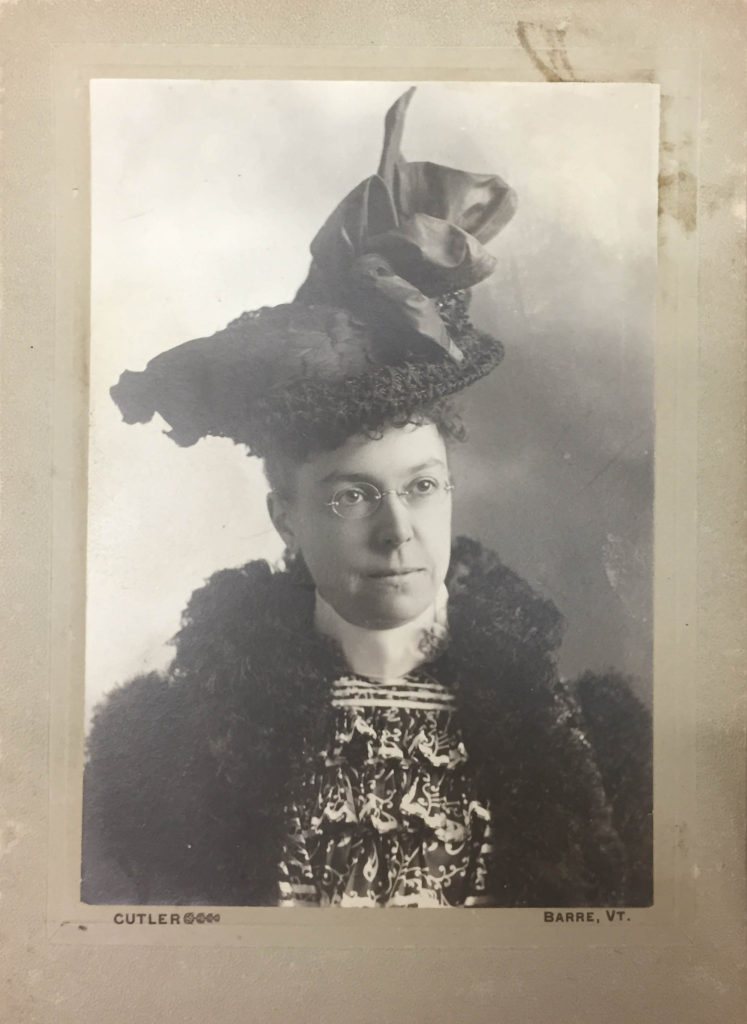
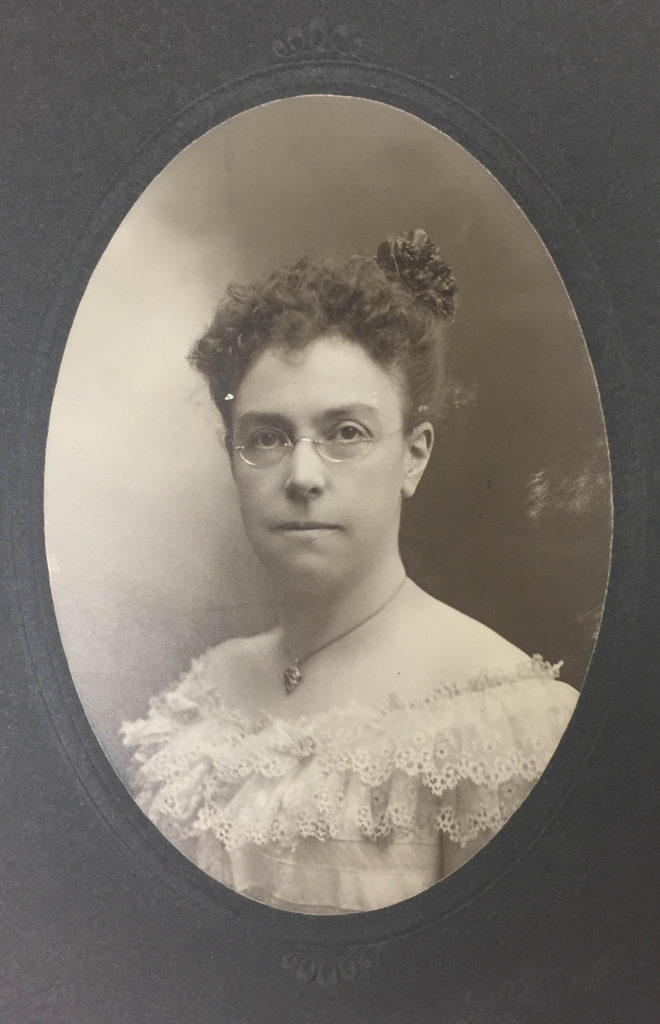

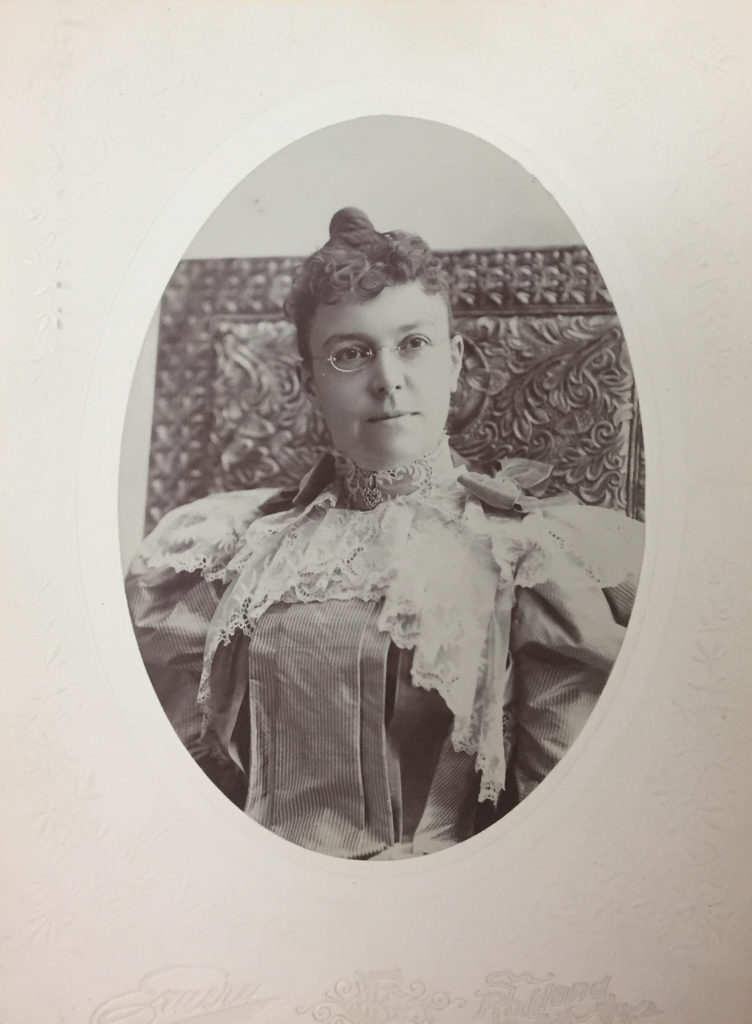


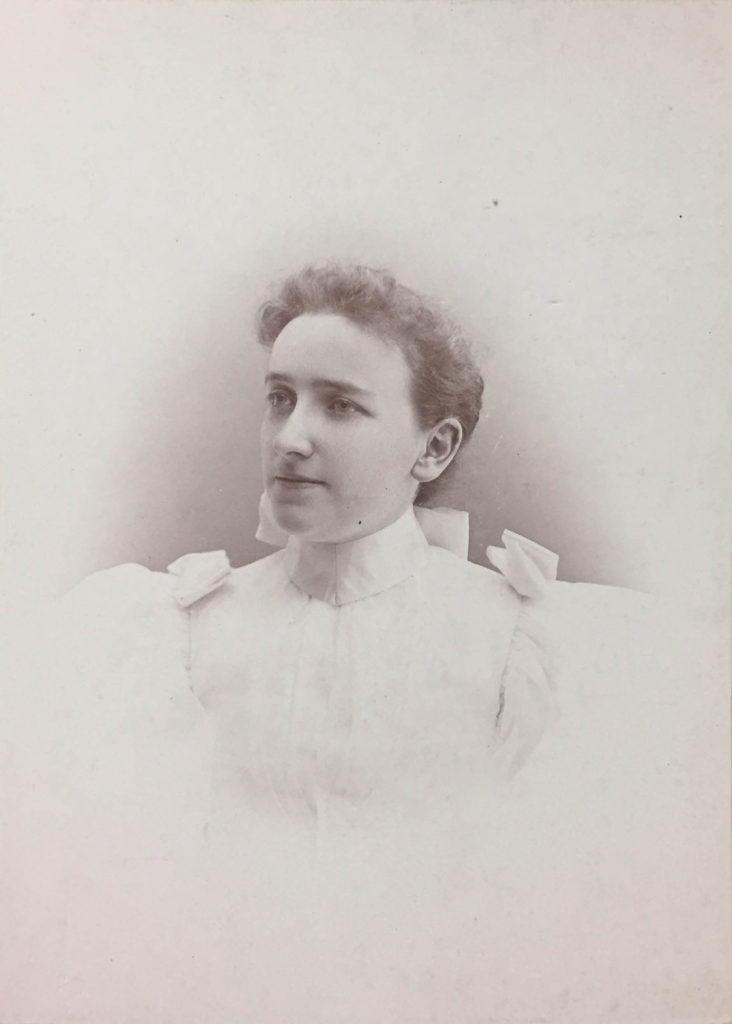

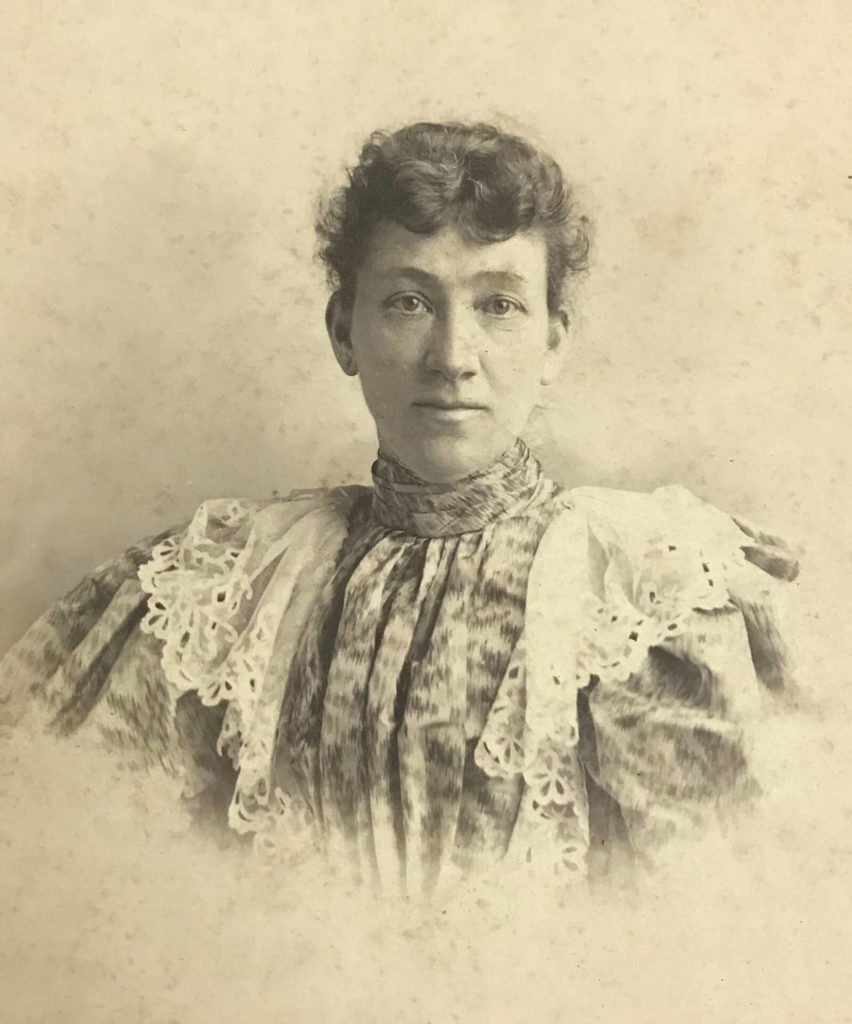
Home & Belongings
Click to view larger.
















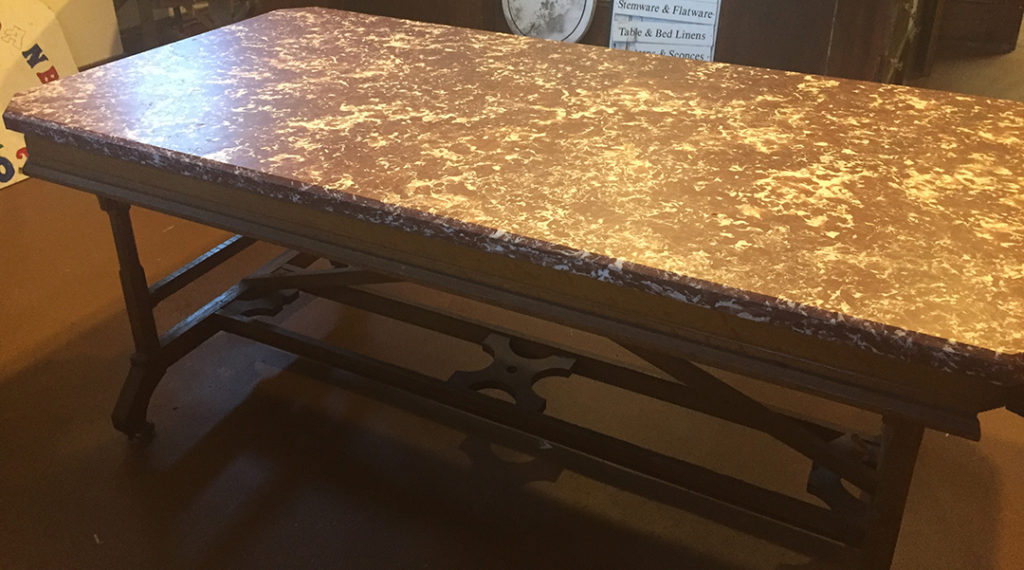









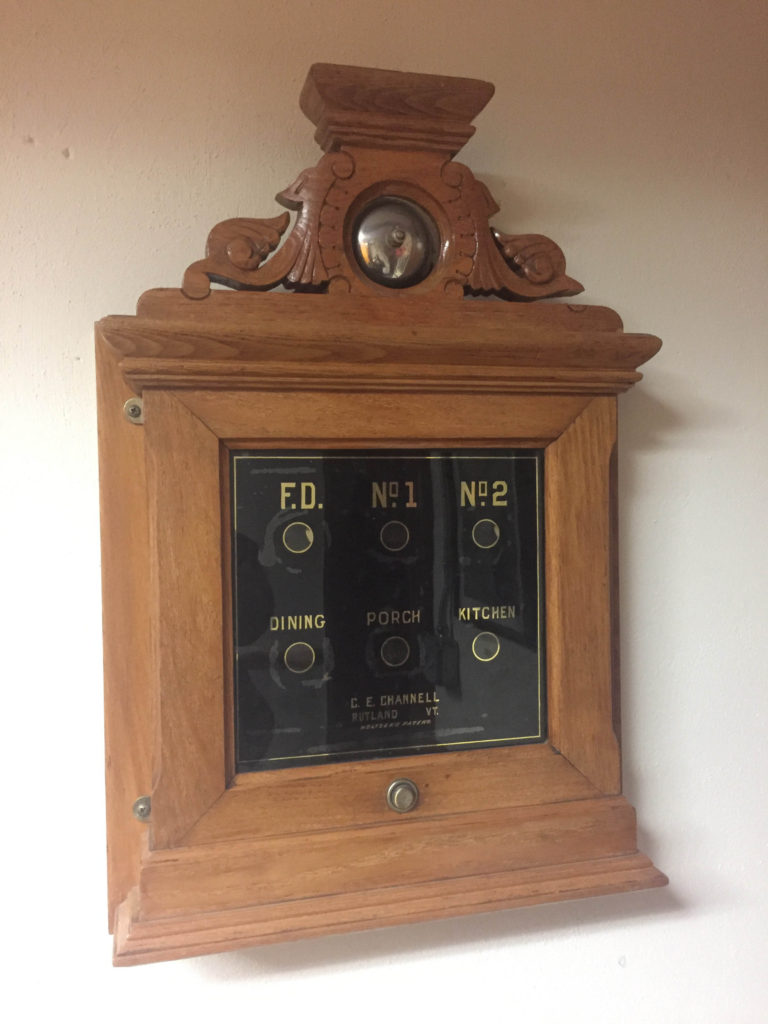






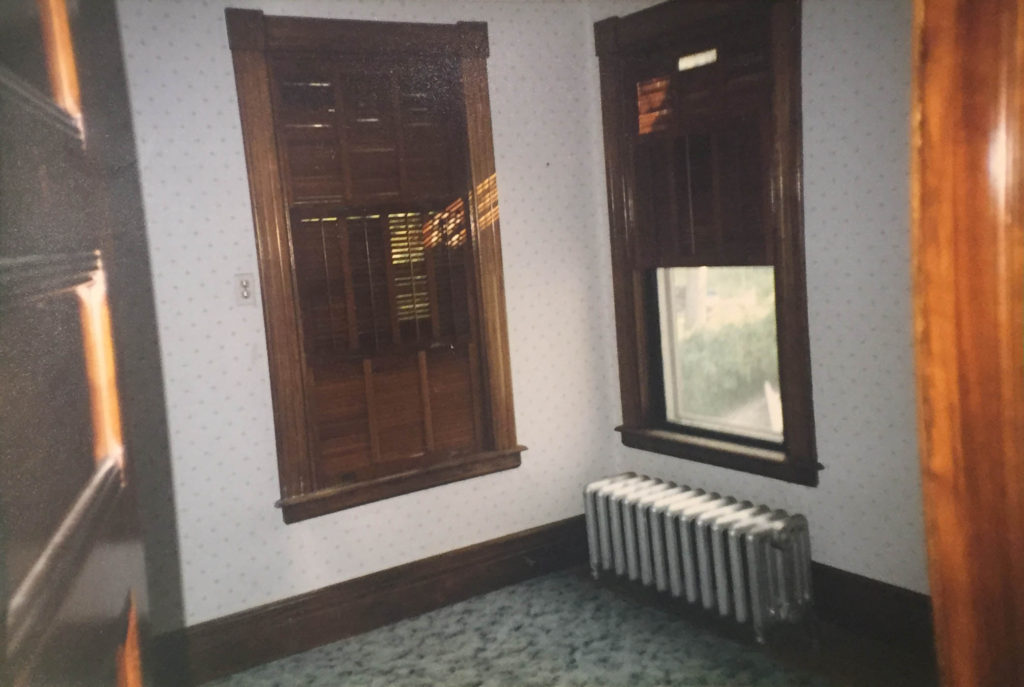




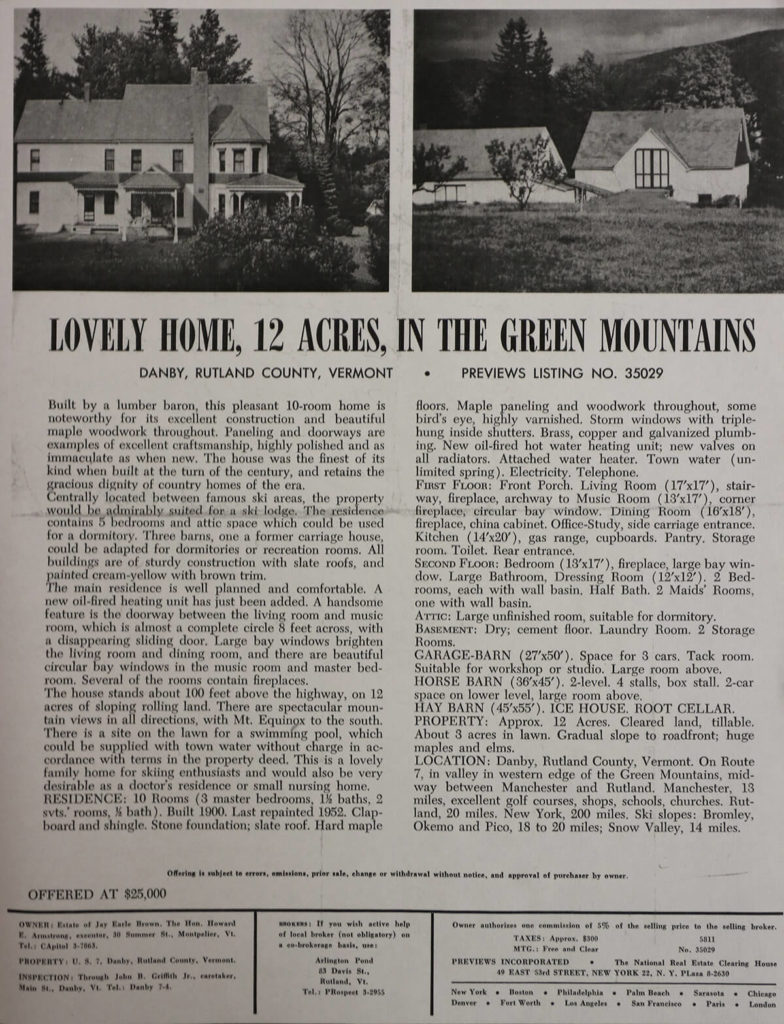


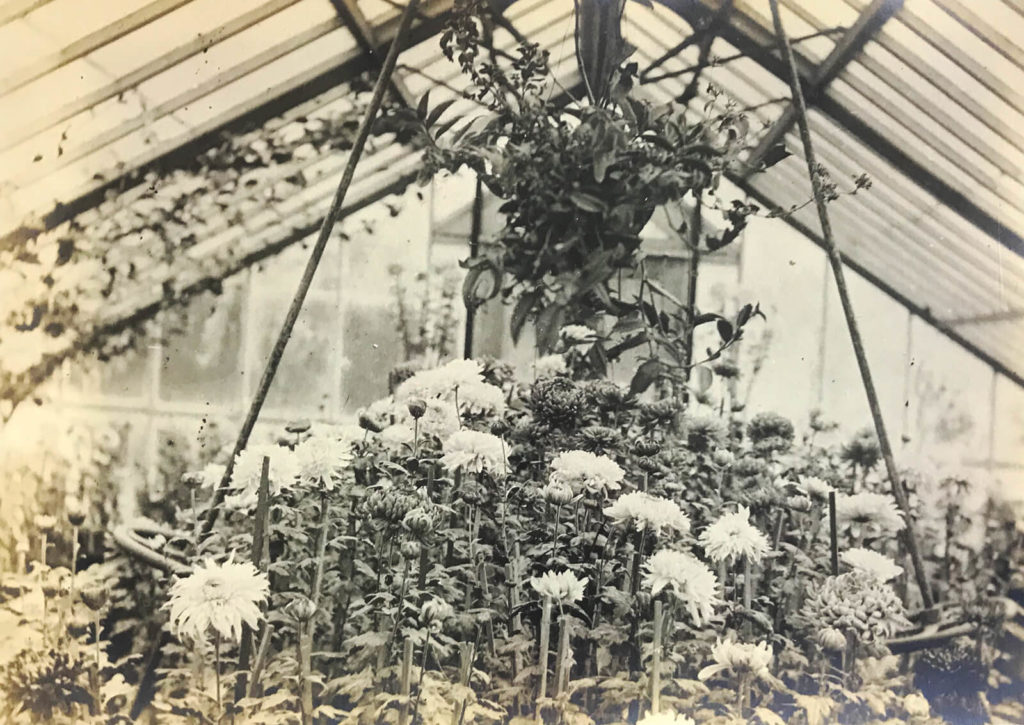








Then & Now
Click to view larger.



Current Home in 2017
Click to view larger.

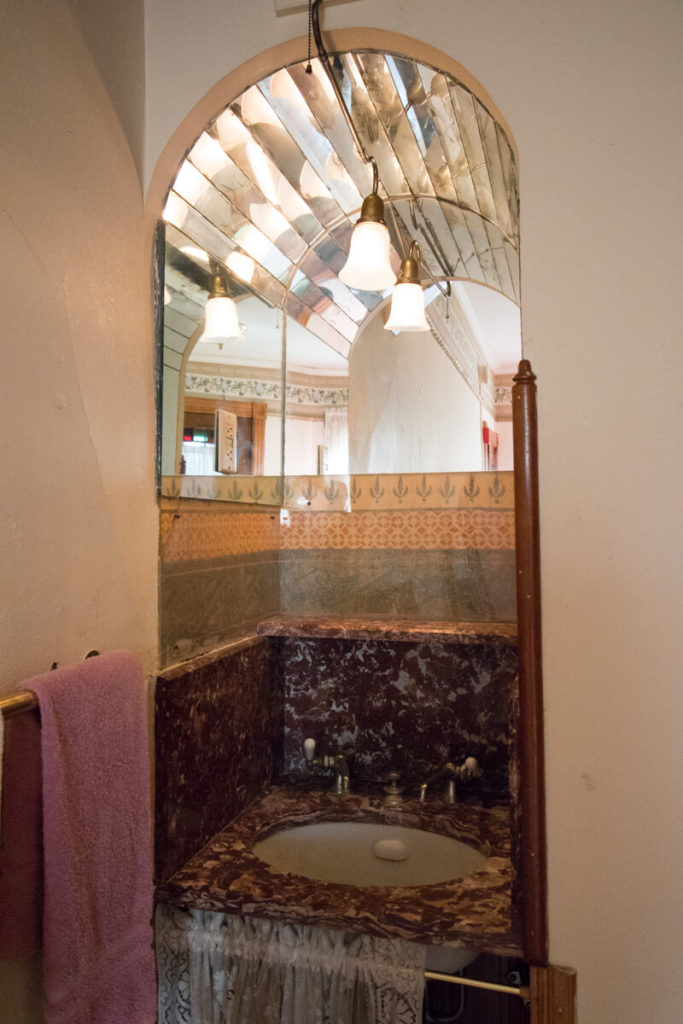







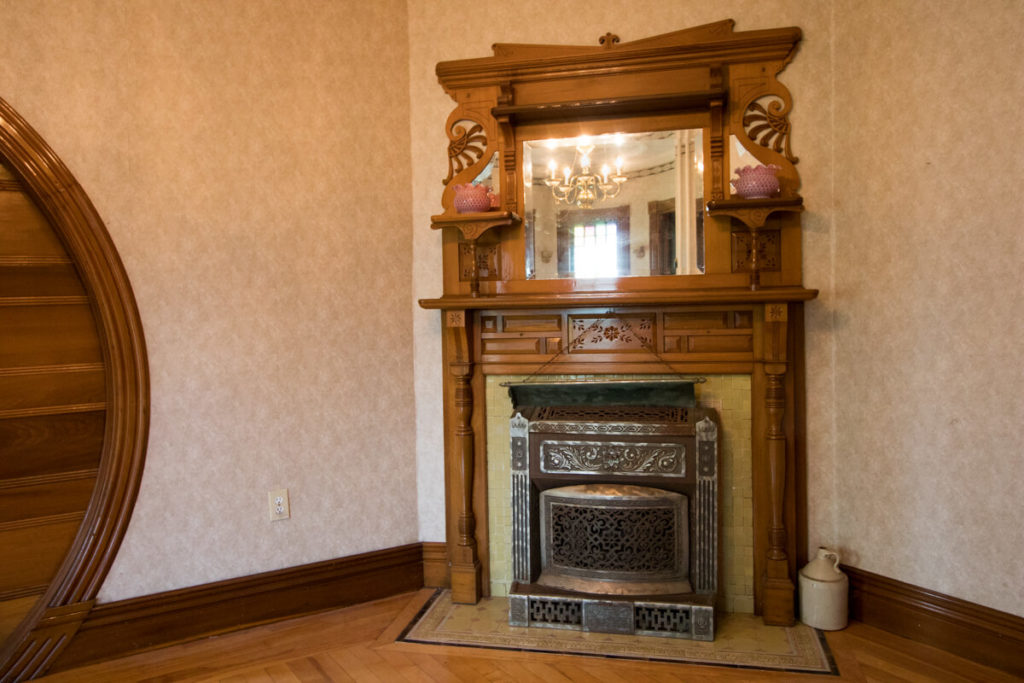


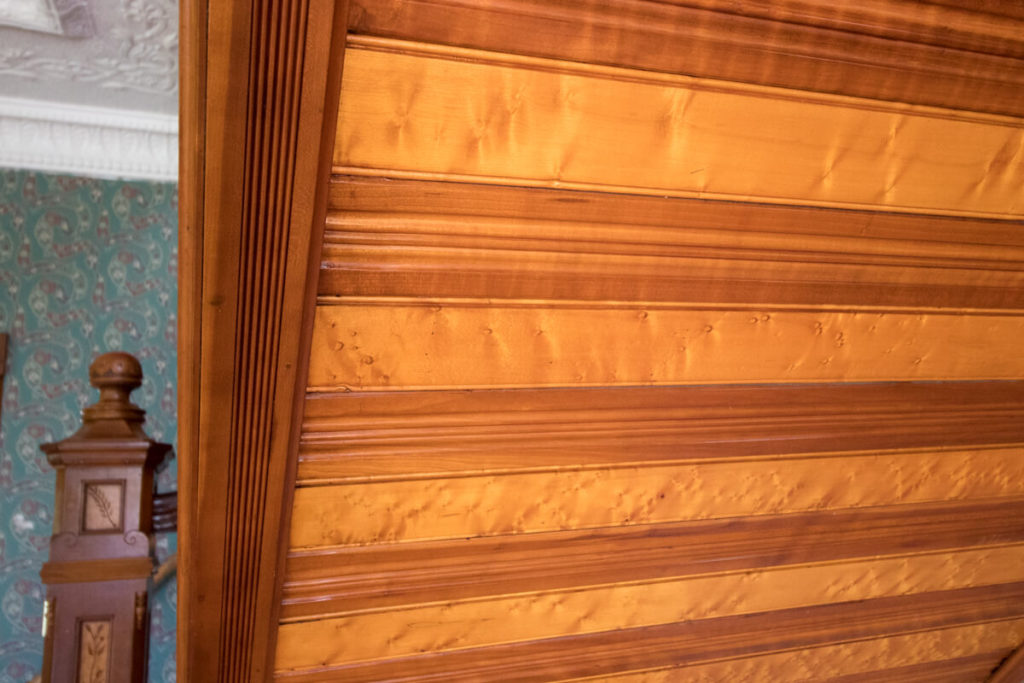

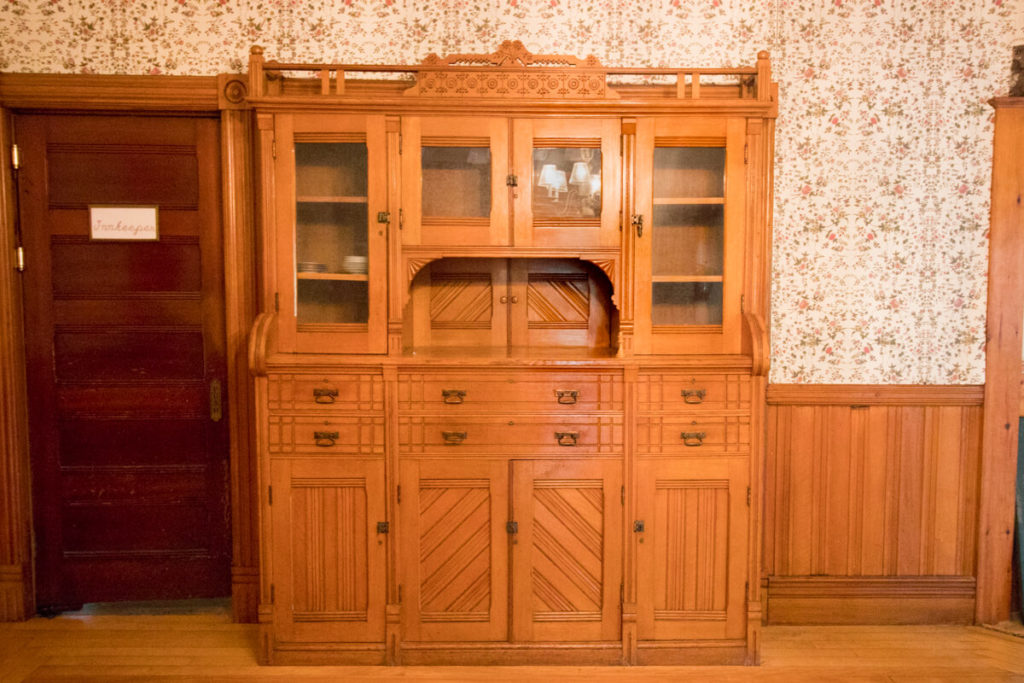



















Business
Click to view larger.










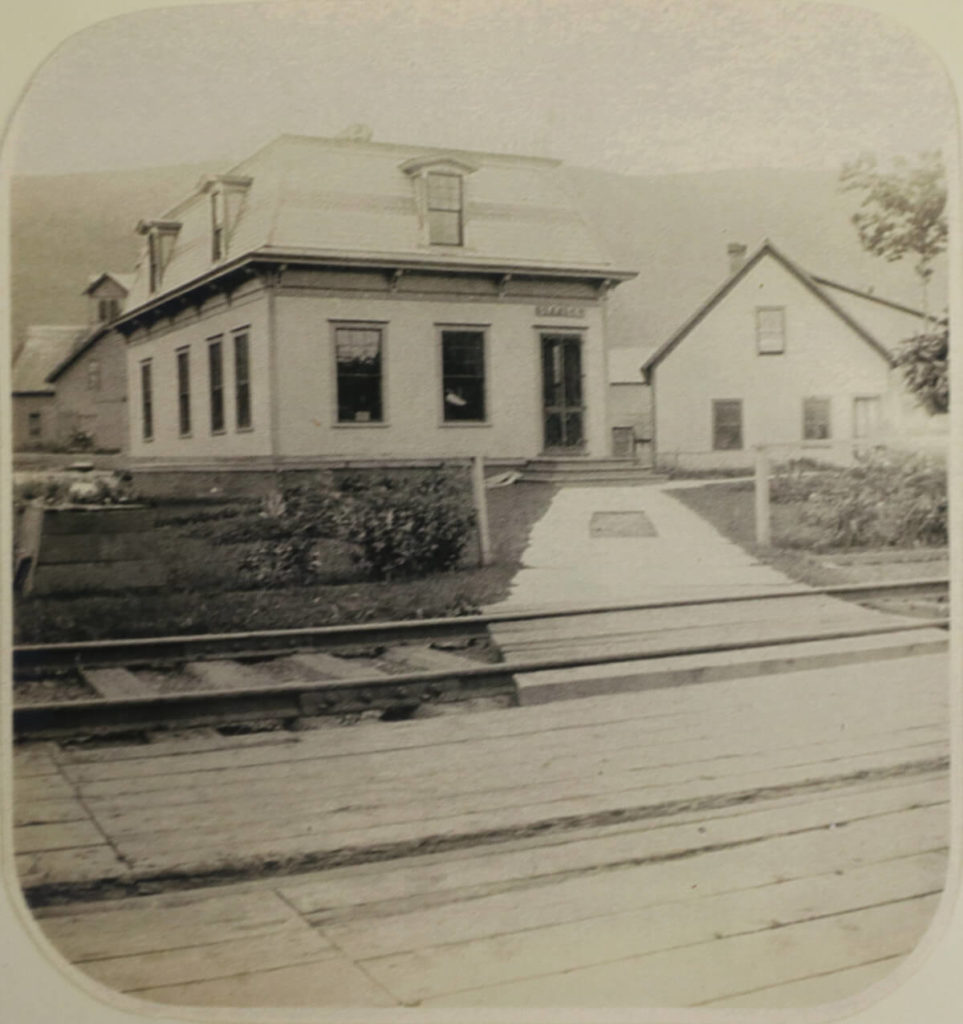


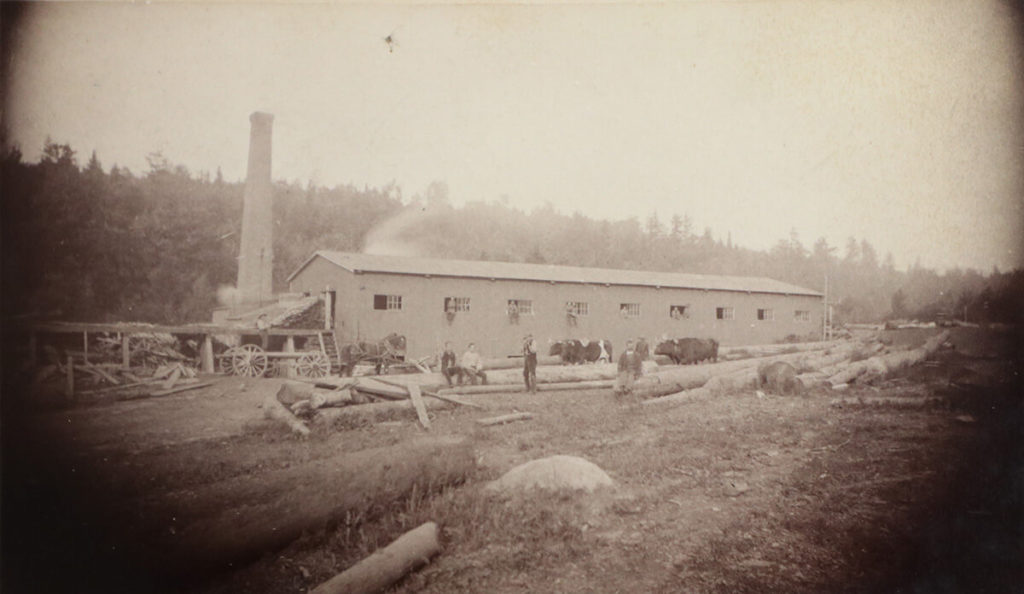




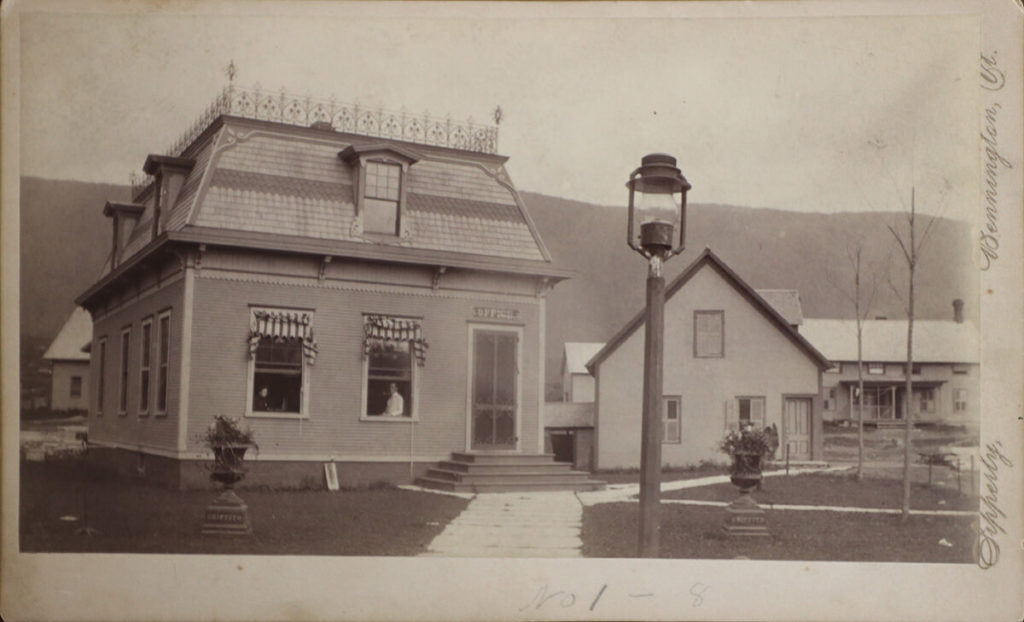








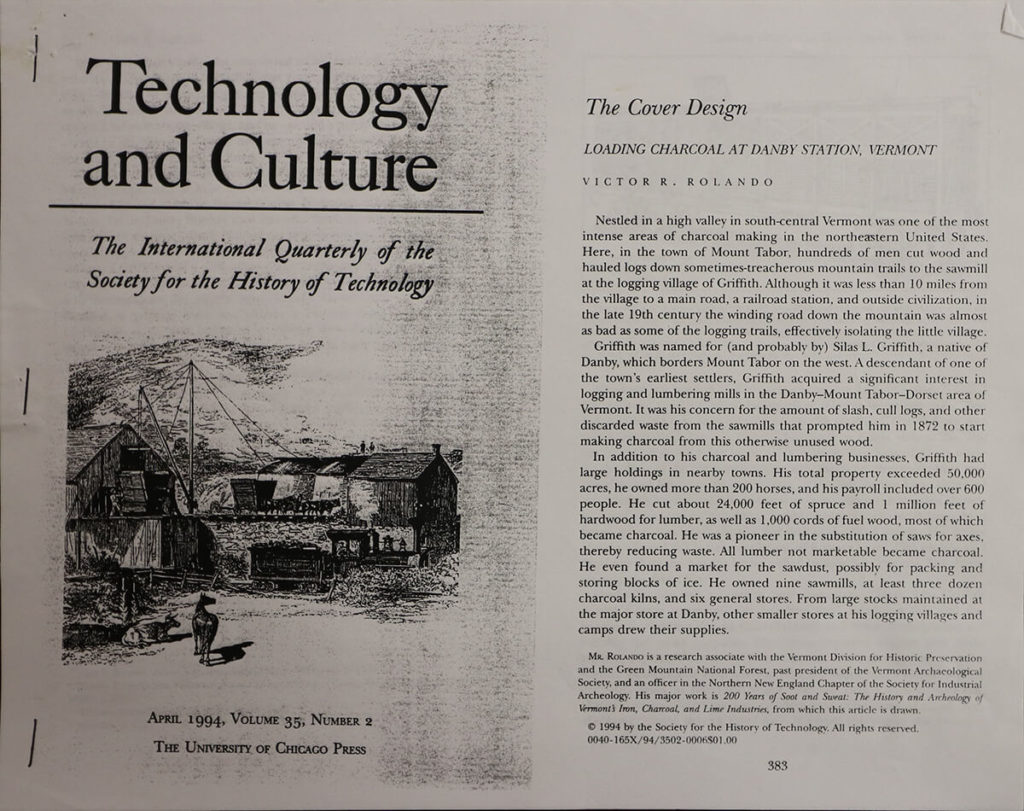






Gravestones
Click to view larger.







Lake House
Click to view larger.










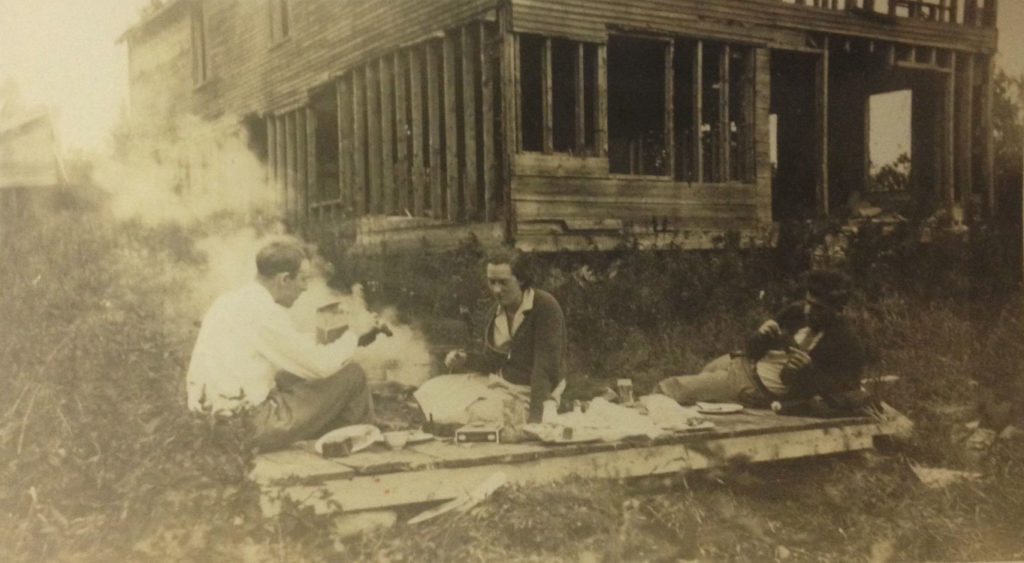
Other
Article of Interest: The Trout Industry
Article of Interest: Documents
Click to view larger.







